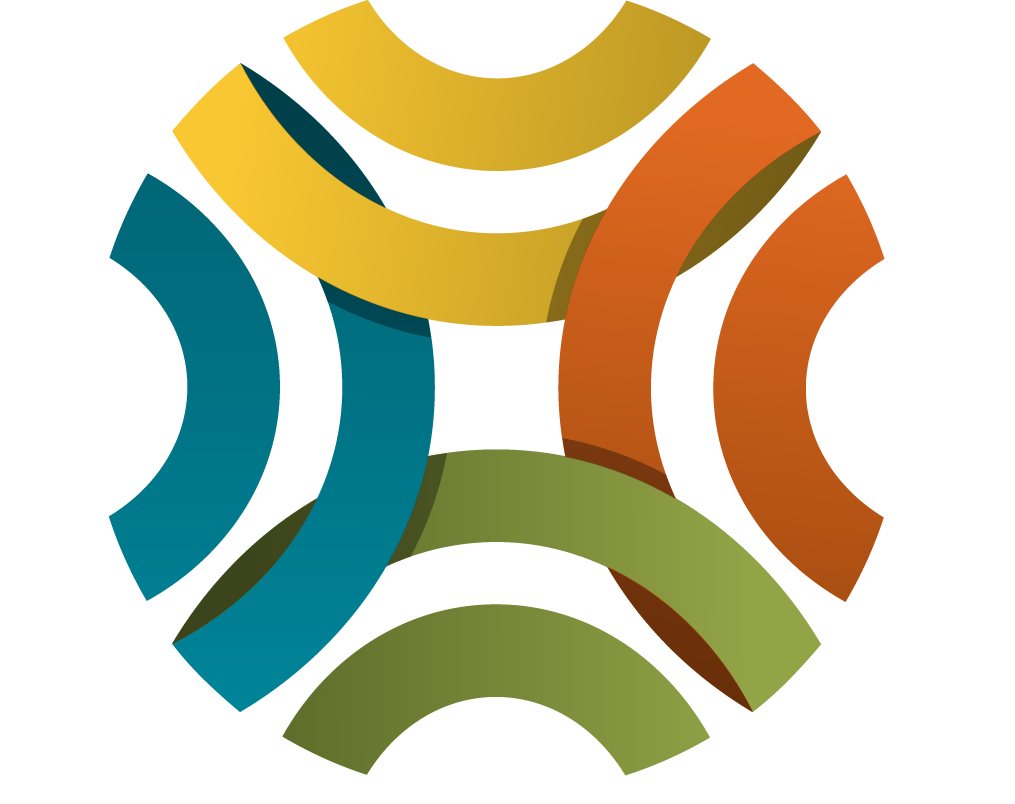Priority Populations
Priority populations are exploration avenues on Community Commons that represent diverse groups, communities, demographics, identities, statuses, and lived experiences. They connect users directly with populations of interest, lift up important underserved populations, and help root our work in equity and justice.
Importantly, we acknowledge that people are not defined solely by the population groups to which they belong—many factors contribute to what makes people who they are, and most people belong to more than one priority population group. These avenues are designed to break down silos and support changemakers working to advance equitable well-being by making people-centered content more discoverable on Community Commons.
Interventions and initiatives to improve community well-being are more likely to be effective when tailored to a community’s specific needs, which are influenced by its community conditions and the people who live in that community and their lived experience. Lived experiences are greatly affected by the population group(s) to which one belongs. To increase the effectiveness of investments and advance equitable well-being, it’s helpful to consider the priority populations who live in a given community, and where applicable, to tailor initiatives for specific population groups. Because of this, large funders and grantmakers often ask grantees to specify the priority population(s) towards which funding will be primarily directed.
Tailoring strategies for specific priority populations (especially to the perspectives, practices, and preferences of the most impacted groups) and engaging affected residents and stakeholders in decision-making can decrease health disparities. Certain population groups are more at risk for marginalization and face unique barriers. The sections below have slightly different framing to help changemakers more-easily navigate resources for advancing equitable well-being. Priority population groups below are broken into nine overarching categories. Some categories also include important intersectional groups—such as Women of Color and LGBTQ+ Youth—which allow deeper exploration into the complexities of identity and lived experience. Please check back regularly for updates, as we continuously work to improve representation and information equity on Community Commons.
Priority Population Categories
- Racial, Ethnic, and Cultural Groups
- Gender and Orientation Groups
- Disability, Neurodiversity, and Health Status Groups
- Age and Life-Stage Groups
- Socioeconomic and Legal Status Groups
Racial, Ethnic, and Cultural Groups
Racial, ethnic, and cultural groups describe populations of people who share common racial or ethnic demographics, ancestry, nations of origin, Indigeneity, cultures, and/or languages. Learn about specific groups or explore the BIPOC (Black, Indigenous, and People of Color) Health Equity Library, which houses resources related to all BIPOC individuals, population groups, and communities. For resources related specifically to Indigenous peoples and First Nations, begin with the Indigenous Knowledge Library. For skill-building regarding partnership and allyship with BIPOC communities, leverage resources and tools from the Racial Justice Journey Library.
Gender and Orientation Groups
Gender and orientation groups describe populations of people who share common genders, identities, and sexual and romantic orientations. For information on specific priority populations and to browse related resources, explore the topic pages below. For information specifically on LGBTQ+ genders and orientations, explore the LGBTQ+ Health Equity Library.
Disability, Neurodiversity, and Health Status Groups
Disability, neurodiversity, and health status groups describe populations of people who live with shared disabilities, health conditions, and other developmental, neurological, cognitive, and psychological differences. For information on specific priority populations and to browse related resources, explore the topic pages below. For information specifically on accessibility and health equity specifically for these populations, explore the Accessibility and Disability Equity Library.
Age and Life-Stage Groups
Age and life-stage groups describe populations of people who share common age groups and/or are at different stages of their lives. People in this category face unique barriers, often associated with the group(s) to which they belong. Generally, people of all ages and life stages who are Black, Indigenous, Persons of Color, disabled, LGBTQ+, and/or living in economic poverty are the most likely to experience health inequity. Explore the topic pages below to delve into more details and browse related resources.
Socioeconomic and Legal Status Groups
Socioeconomic and legal status groups include workers, people living in poverty, justice-involved individuals, and the uninsured, all of whom face unique challenges that impact their health and well-being. Addressing these issues requires systemic employment, social support, housing, healthcare, and justice reform changes. Explore the topic pages below for information on specific priority populations and to browse related resources.
Priority Populations in Action
To advance health equity, justice, and belonging, priority populations must be centered in all work across all sectors. Explore the resources below for an initial place to start.
Advancing Equitable Economies Policy Library
Library
Brought to you by WIN Network
Published on 04/20/2021
Confronting Environmental Racism: Justice at the Intersections of Environment and Race
Story
-
 Original
Original
Brought to you by Community Commons
Beyond Inclusion: Pronoun Use for Health and Well-Being
Story
-
 Original
Original
Brought to you by Community Commons
The Growing Gap: Gender Pay Equity, Meaningful Work, and Wealth during COVID-19
Story
-
 Original
Original
Brought to you by Community Commons
Tribal Health: Reinvesting in the Indian Health Service
Story
-
 Original
Original
Brought to you by Community Commons
Thriving Campuses Toolkit
Tool - Toolkit/toolbox
Brought to you by Community Commons
Published on 01/05/2022
Related Topics


































.png)